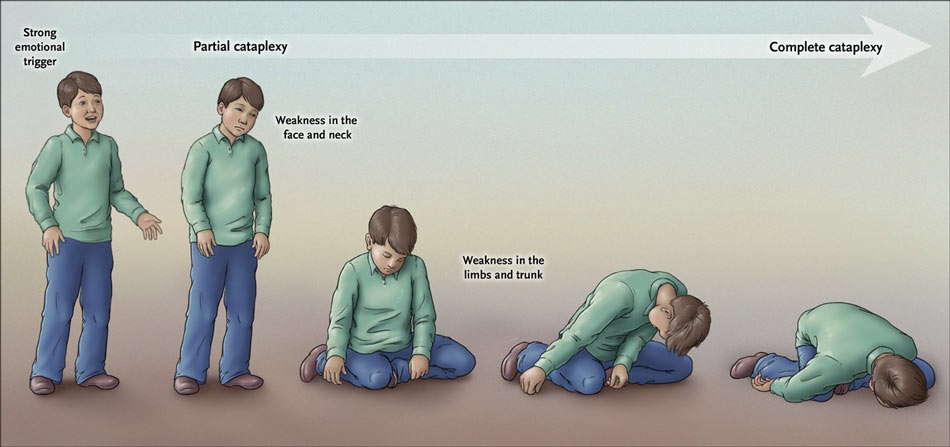
You may be aware of the condition and have no difficulty recalling it afterward, even if you had no control over what was happening to you. These episodes are usually brief - lasting a few seconds or minutes - but can be frightening. People with narcolepsy often experience a temporary inability to move or speak while falling asleep or upon waking. Not everyone with narcolepsy experiences cataplexy. Some people with narcolepsy experience only one or two episodes of cataplexy a year, while others have numerous episodes daily. For example, when you laugh, your head may droop uncontrollably or your knees may suddenly buckle. This condition, called cataplexy (KAT-uh-plek-see), can cause a number of physical changes, from slurred speech to complete weakness of most muscles, and may last up to a few minutes.Ĭataplexy is uncontrollable and is triggered by intense emotions, usually positive ones such as laughter or excitement, but sometimes fear, surprise or anger. Excessive daytime sleepiness usually is the first symptom to appear and is often the most troublesome, making it difficult for you to concentrate and fully function. You may also experience decreased alertness and focus throughout the day. When you awaken, you feel refreshed, but eventually you get sleepy again. For example, you may be working or talking with friends and suddenly you nod off, sleeping for a few minutes up to a half-hour. People with narcolepsy fall asleep without warning, anywhere, anytime.

They include:Įxcessive daytime sleepiness.

The signs and symptoms of narcolepsy may worsen for the first few years and then continue for life.


 0 kommentar(er)
0 kommentar(er)
